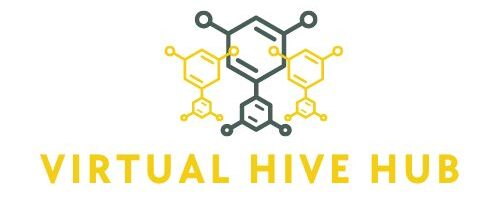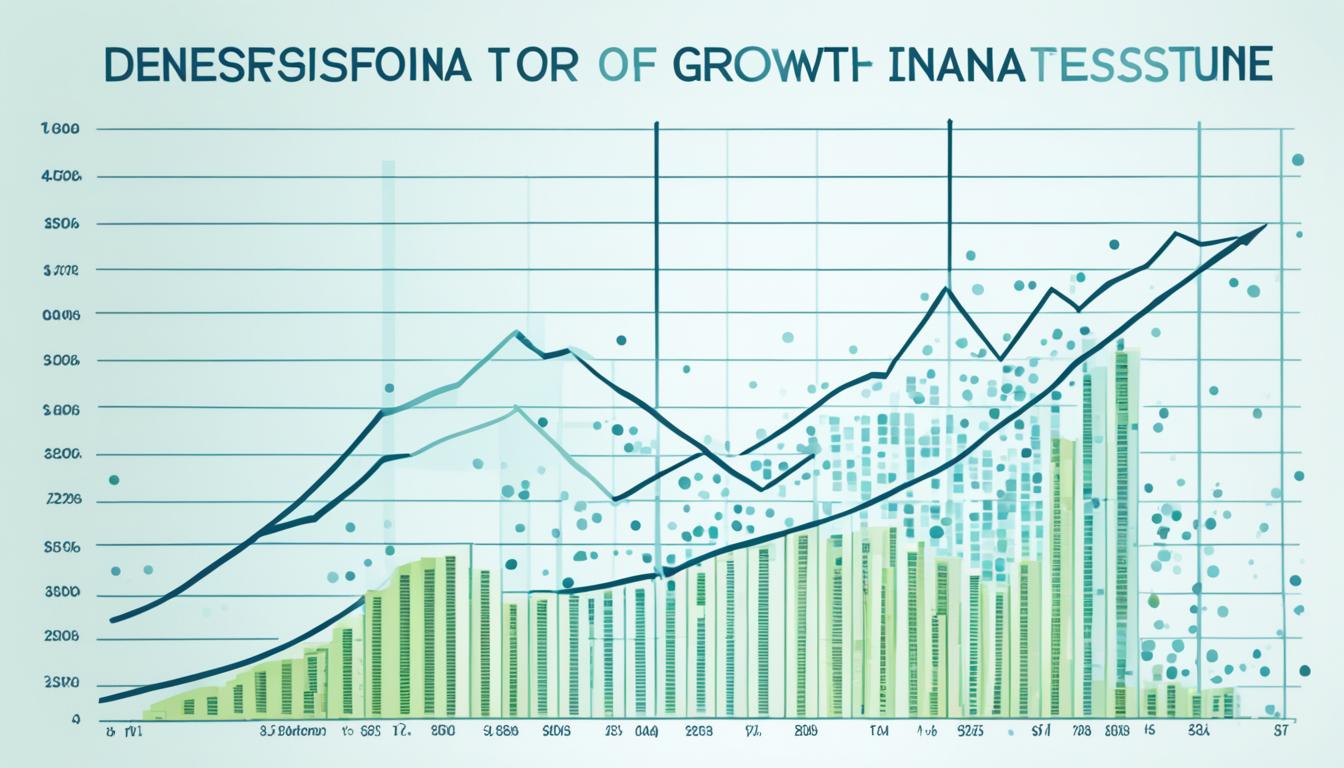Being on time with your financial reports is key for any business. But it’s not just about being on time. Your reports must be accurate and complete to be useful. Finding the right balance between speed and accuracy is tough for busy leaders. Yet, it’s vital for your company’s financial health.
Financial statements like the income statement, balance sheet, and cash flow statement are crucial. They give a full picture of your company’s finances. These documents follow either GAAP or IFRS, giving you a clear view of your financial health1.
Good financial reporting means following important accounting rules. These include the historical cost principle and the full disclosure principle. By using these rules, you make sure your reports are clear, consistent, and reliable. This helps with making smart decisions and following the law1.
Key Takeaways
- Timely and accurate financial reporting is crucial for managing and growing your business.
- Financial statements, such as the income statement, balance sheet, and cash flow statement, are the foundation of your company’s financial reporting.
- Adhering to GAAP or IFRS accounting principles ensures transparency, consistency, and reliability in your financial reporting.
- Maintaining a focus on the top five most important financial reports for business owners can help you make informed decisions.
- Investing in financial reporting process improvements, such as automating accounting tasks and implementing internal controls, can enhance the accuracy and timeliness of your financial data.
Importance of Accurate and Timely Financial Reporting
As a small business owner, getting your finances right is key to making smart choices. Having quick access to solid financial info helps you and your team make decisions that boost your business2. But finding the right mix of speed and accuracy can be tough.
Striking the Balance Between Punctuality and Precision
It’s vital to see financial reporting as a must-do for a key team member. Make a detailed month-end close calendar and have your team check important financial statements often2. Using standard financial reporting methods can cut down on mistakes and make your books more accurate2.
For businesses like law firms, you might need to follow special rules for financial reporting, like IOLTA2. Using automated bookkeeping tools can make entering data easier and make your financial records more accurate2.
“Accurate and timely financial reporting gives you a clear view of your business, helping with tax planning and avoiding accounting mistakes3. It’s key for building trust with stakeholders.”
Going digital can give you up-to-the-minute financial updates and check data for mistakes automatically, making your reports both on time and correct2. By finding this balance, you can make smart choices that move your business forward and keep your stakeholders trusting in you3.
Good Report Design and Real-Time Data
Creating financial reports that are easy to read is key for your business growth. They should be clear, concise, and offer actionable insights. Many small businesses use static data, which can be costly and time-consuming.4
Integrating data is a better option. It lets companies pull info from various sources and use tools for real-time reports. This method can be as powerful as a full ERP system in giving insights into your business and finances4.
Financial reports often show data as percentages in key statements like the balance sheet and income statement. This makes it easier to compare different parts of the financial statements5. Common Size Statements help by showing each item as a percentage of another, making it easier to understand the financial structure and trends5.
- Comparative Financial Statements let you see how a company’s financial performance has changed over time. This helps in spotting trends and evaluating decisions5.
- Ratio Analysis uses financial ratios to check profitability, solvency, and productivity. This helps stakeholders understand a company’s financial health5.
- Benchmarking compares a company’s financial performance to the industry average. This helps set goals and improve competitiveness, leading to better financial performance5.
Deloitte found that 50% of managers are unhappy with the speed and quality of the reports they get4.
Reports specific to industries, like construction, are vital for tracking progress and improving processes4. The construction industry uses metrics like SPI and CPI to track projects4. Reports on product innovation offer insights on customer behavior and willingness to pay4. Department reports help fine-tune strategies across different business areas4. Progress reports are used regularly to keep an eye on project status4.
Internal reports share info within a company, while external reports go to clients or investors. Vertical reports move up or down in the company, and lateral reports help groups at the same level communicate45.
Developing a Robust Chart of Accounts
The Chart of Accounts (CoA) is key to financial reporting. It should mirror your company’s setup, using a data-driven method6. A good CoA is flexible, ready for future needs and growth. It should be easy to navigate, helping you find accounts and create reports6.
Factors to Consider in Creating a Chart of Accounts
When making a CoA, think about your future needs6. It should grow with your business and adapt to changing reports6. Also, make sure it can expand as your company gets more complex6.
Having a logical and easy-to-follow structure is vital6. This way, finding accounts and making reports becomes simpler6. Your CoA should match your accounting structure and support your data-driven approach to business growth and financial reporting6.
A well-thought-out CoA unlocks your financial reporting potential and aids in making smart business choices6. By keeping these points in mind, you can craft a strong CoA. This will be the base for your financial success6.
“A structured Chart of Accounts is like shelves and storage bins in a warehouse, helping to organize transactions effectively.”6
Implementing Internal Controls
Strong internal controls are key for accurate financial reports and preventing fraud. They make sure your financial data is on time and trustworthy. This boosts your financial reporting’s efficiency7.
Important parts of a good internal control system are clear policies, job separation, checking accounts often, using accounting software, keeping data in one place, and regular checks7. These steps protect your financial info, cut down on mistakes, and support your financial reports7.
Auditors check if your internal controls work well for financial reporting7. They look at 12 key areas to make sure your control environment is strong7. They focus on 5 key controls to fight fraud7. This careful approach makes sure your financial data is correct and reliable7.
| Key Internal Control Measures | Benefits |
|---|---|
| Documented Policies and Procedures | Standardize financial processes and responsibilities |
| Segregation of Duties | Prevent errors and fraudulent activities |
| Regular Account Reconciliations | Identify and correct discrepancies in a timely manner |
| Use of Accounting Software | Improve data accuracy, consistency, and traceability |
| Centralized Data Storage | Enhance data security and facilitate efficient access |
| Periodic Internal Audits | Verify the effectiveness of internal controls and identify areas for improvement |
Using these internal controls can stop fraud, keep data right, and ensure timely financial reports78.

Putting internal controls first helps you be proactive in financial reporting. It makes your financial info more honest and clear8.
Training Employees and Report Users
Having a well-trained team is key to good financial reporting. Regular training helps accounting staff stay current with best practices and use software right, cutting down on mistakes and boosting efficiency9. Training managers to grasp financial reports lets them keep an eye on the company’s finances and make smart, data-driven decisions9.
Training both accounting staff and report users is vital for top-notch financial reporting and data-driven decision making9. Yet, many companies don’t invest much in employee training and growth10. By putting money into management training and boosting financial literacy across the company, businesses can tap into their financial data’s full power910.
“Modest additions to reporting requirements could have a significant positive impact on companies.”10
Companies should think about sharing how much they spend on labor and training, and what their employee turnover and vacancy rates are10. Being open and investing in their people helps build a culture of financial reporting excellence. This way, organizations can make better, more informed choices910.
Financial Reporting Process Improvements
Making your financial reporting process better can make it more efficient and accurate. Start by gathering financial info regularly, like every week or month. This helps make financial reports more reliable and avoids last-minute scrambles11.
Also, find and cut out tasks that waste time. Things like manual data entry, unnecessary spreadsheet work, and dealing with many spreadsheets can be a big time drain. Automating these tasks lets your team focus on the important financial data11.
Collecting Information Regularly and Identifying Time-Wasters
Keeping a steady schedule for data collection and review helps make financial reports more accurate and current. This leads to better cash flow forecasting and budget planning11. Plus, checking your financial reporting often helps spot and cut out time-wasting activities, such as:
- Manual data entry11
- Spreadsheet formatting11
- Handling multiple spreadsheets11
- Including unimportant or unrelated data11
By making your data collection better and cutting out waste, you can greatly improve your financial reporting process11.
Working together and talking clearly is key to a good financial reporting process. Make sure everyone knows what to do, use a secure, central reporting system, and have regular meetings to check and improve things11.
Using financial tools and software can also help streamline reporting. Tools for accounting, collaboration, budgeting, and other business management can organize reports, automate tasks, and save time11.
Also, make your workflows better by clearly defining tasks and documenting processes. This leads to a more efficient financial reporting system11.
By using these strategies and technology, you can change your financial reporting process for the better. This frees up time and resources to focus on what’s really important in your business11.

“Streamlining your financial reporting process can significantly enhance efficiency and accuracy.”
In conclusion, regular data collection, cutting out time-wasters, using financial tools, and improving workflows are key to better financial reporting. By doing these things, you can make your financial reports more accurate, timely, and effective. This supports the success of your business111213.
Organizing Information and Improving Collaboration
Getting financial reports right is not just about having the right numbers. It’s also about organizing data well and working together as a team. Keeping all financial info in one place and secure helps make reports easier and makes sure everyone gets what they need14. Plus, a team that works well together and talks openly can come up with better solutions and make better choices15.
Good communication is crucial for financial reporting. Use different ways like talking face-to-face, instant messaging, email, video calls, and company wikis to share info and stay in touch14. Having regular team meetings to talk about how things work, find ways to get better, and make sure everyone knows the goals can boost teamwork and make sure everyone is on the same page15.
New tech like cloud-based accounting software can make working together and organizing data easier15. These tools let different departments work on financial info at the same time. This means everyone can see things in real-time and make quicker, smarter decisions15.
Putting a focus on sharing info, being open, and working together can make a place where financial reports are accurate and on time14. This not only makes things more productive and keeps people engaged but also helps your business do well14.
“In the accounting world, tackling complex compliance issues often requires the input of legal, financial, and operational teams for comprehensive solutions.”15
Remember, making good financial reports is a team effort. By working together, sharing info, and using the right tools, your team can get more done, be more accurate, and get insights that help your business grow.
Conclusion
For small business owners, financial reporting is key. It helps make smart decisions, follow the law, and aim for business success16. By using the tips here, like making clear financial reports and training staff, owners can manage their finances well. This sets the stage for growth and making more money. 1617,
Having accurate and on-time financial reporting is crucial. It keeps businesses in line with the law and helps management make smart choices. 1617, A strong financial reporting system helps manage debt, make quick decisions, spot trends, and make financial tasks easier17.
By focusing on financial reporting and following the advice in this article, small business owners can set their companies up for long-term success. This builds trust with others and opens doors for growth and more profits. 1618,
FAQ
What is the importance of accurate and timely financial reporting for small businesses?
For small business owners, timely and accurate financial reports are key. They help make smart decisions. Having quick access to reliable info lets owners and their teams make choices that boost the business.
How can small businesses strike a balance between punctuality and precision in financial reporting?
Small businesses should make financial reporting a top priority. Assign it to one team member and set a month-end close calendar. Regularly check key financial statements to keep things balanced.
What are the benefits of designing financial reports that are easy to read and understand?
Good financial reports are clear, to the point, and offer useful insights. Using data integration is a smart move. It lets companies pull info from various sources and use financial tools for up-to-date reports.
What factors should be considered when creating a Chart of Accounts?
When making a Chart of Accounts, think about future needs and growth. Make sure it’s easy to navigate. A logical structure helps find accounts fast and makes reports easier to generate.
How can sound internal control processes help with financial reporting?
Good internal controls stop fraud and mistakes, making sure accounting data is right. This leads to timely and correct financial data. It cuts down on errors and makes reporting more efficient.
Why is it important to provide training for accounting staff and managers?
Training accounting staff keeps them current with best practices and software use. This reduces mistakes and boosts efficiency. Training managers to understand financial reports helps them keep an eye on the business’s finances and make smart decisions.
How can small businesses improve their financial reporting process?
Regularly gather financial info and cut out unnecessary tasks. Keep all financial data in one place. This speeds up reporting and keeps focus on key financial details.
What steps can small businesses take to improve collaboration and communication around financial reporting?
Use shared, secure systems for financial reporting. Have regular meetings to talk about processes and ways to get better. This keeps everyone aligned for accurate and timely reports.
Source Links
- https://signatureanalytics.com/the-six-best-practices-for-financial-reporting-and-analysis/
- https://www.lawfirmvelocity.com/post/the-importance-of-accurate-and-timely-financial-statements-for-businesses
- https://conseroglobal.com/resources/what-is-the-importance-of-accurate-and-timely-financial-reporting-for-saas-companies/
- https://www.rib-software.com/en/blogs/types-of-reports-examples
- https://medium.com/@mokkup/10-easy-steps-to-creating-the-perfect-financial-report-b6deddbaeaa2
- https://www.toptal.com/finance/interim-cfos/chart-of-accounts-structure
- https://pcaobus.org/oversight/standards/auditing-standards/details/AS2201
- https://www.diligent.com/resources/blog/three-keys-to-effective-internal-control-over-financial-reporting
- https://courses.lumenlearning.com/suny-finaccounting/chapter/users-of-accounting-information/
- https://hbr.org/2023/01/how-financial-accounting-screws-up-hr
- https://www.patriotsoftware.com/blog/accounting/improve-financial-reporting-processes/
- https://www.linkedin.com/pulse/process-improvements-financial-reporting-rizwan-khan-fcca
- https://www.accountsiq.com/accounting-glossary/how-can-you-improve-your-financial-reporting-process/
- https://www.joinassembly.com/blog/how-to-share-information-with-team-members-effectively
- https://www.journalofaccountancy.com/news/2023/oct/harnessing-collaboration-for-workplace-transformation.html
- https://osome.com/sg/guides/what-is-financial-reporting/
- https://www.freshbooks.com/hub/reports/financial-reporting
- https://databox.com/business-report-conclusion




